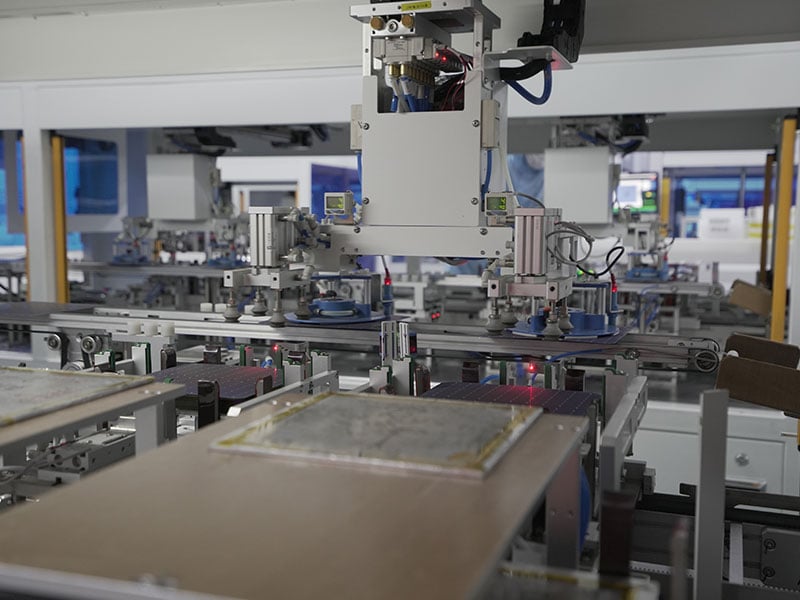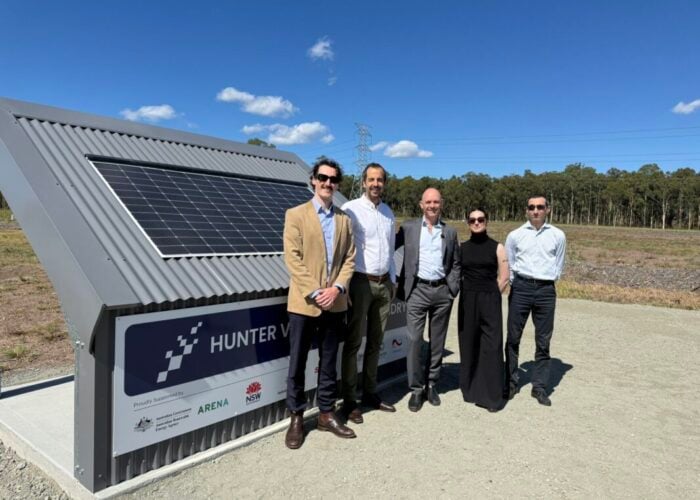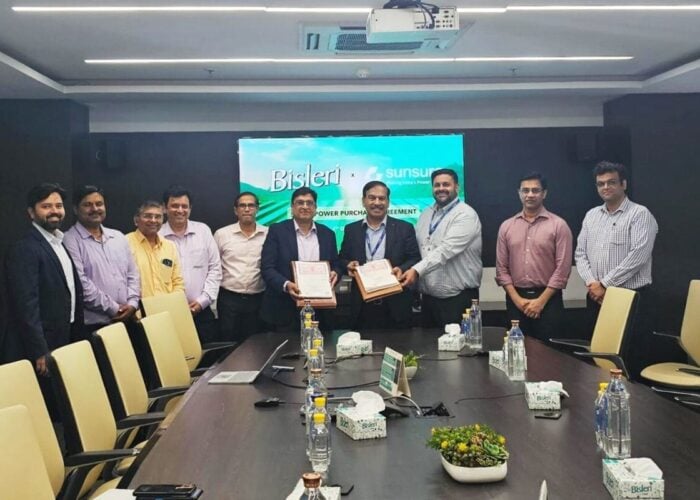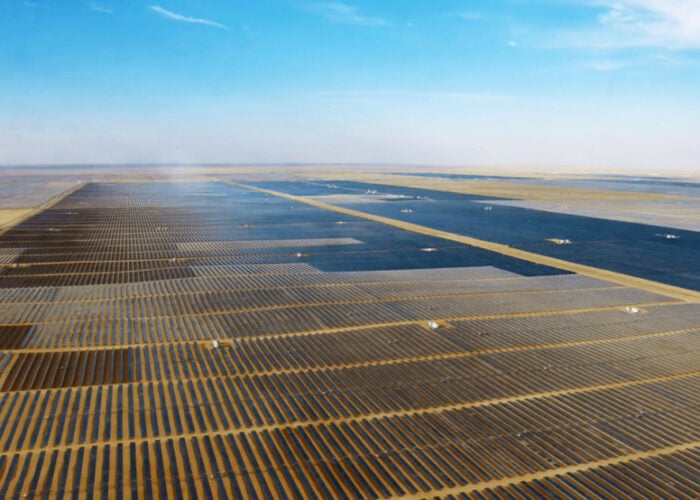
Chinese solar manufacturer Runergy has reported that its latest n-type tunnel oxide passivated contact (TOPCon) solar cell has achieved a conversion efficiency of 26.55%, the highest for this type of cell to reach mass production in the Runergy portfolio.
The M10 cells follow the trend for larger cells that has emerged in recent years, and their efficacy was verified by the Institute for Solar Energy Research Hamelin (ISFH) in Germany. Runergy attributed the efficiency record to the use of data analysis platforms—including a “proprietary Powerloss Online Analysis System”—to better assess cell function and improve performance.
Try Premium for just $1
- Full premium access for the first month at only $1
- Converts to an annual rate after 30 days unless cancelled
- Cancel anytime during the trial period
Premium Benefits
- Expert industry analysis and interviews
- Digital access to PV Tech Power journal
- Exclusive event discounts
Or get the full Premium subscription right away
Or continue reading this article for free
The cells were produced at the company’s pilot-scale production line, which the company’s leadership described as “truly meaningful” as it looks to roll out the cells on a commercial scale.
“What makes it truly meaningful is that the result was achieved on a mass-production-ready pilot line, rather than on a single lab-scale device,” said Dr Longzhong Tao, Runergy general manager and director of the company’s PV research and development laboratory. “It demonstrates that high efficiency and industrial scalability can be achieved simultaneously.”
“We firmly believe that the combination of high efficiency and scalable mass production will be the cornerstone for achieving affordable solar energy in the coming years,” Tao added.
This year has already seen a number of new cell efficiency records, albeit largely focused on the perovskite space. Last month Australian researchers developed the largest and most efficient triple-junction perovskite tandem cell on record.






